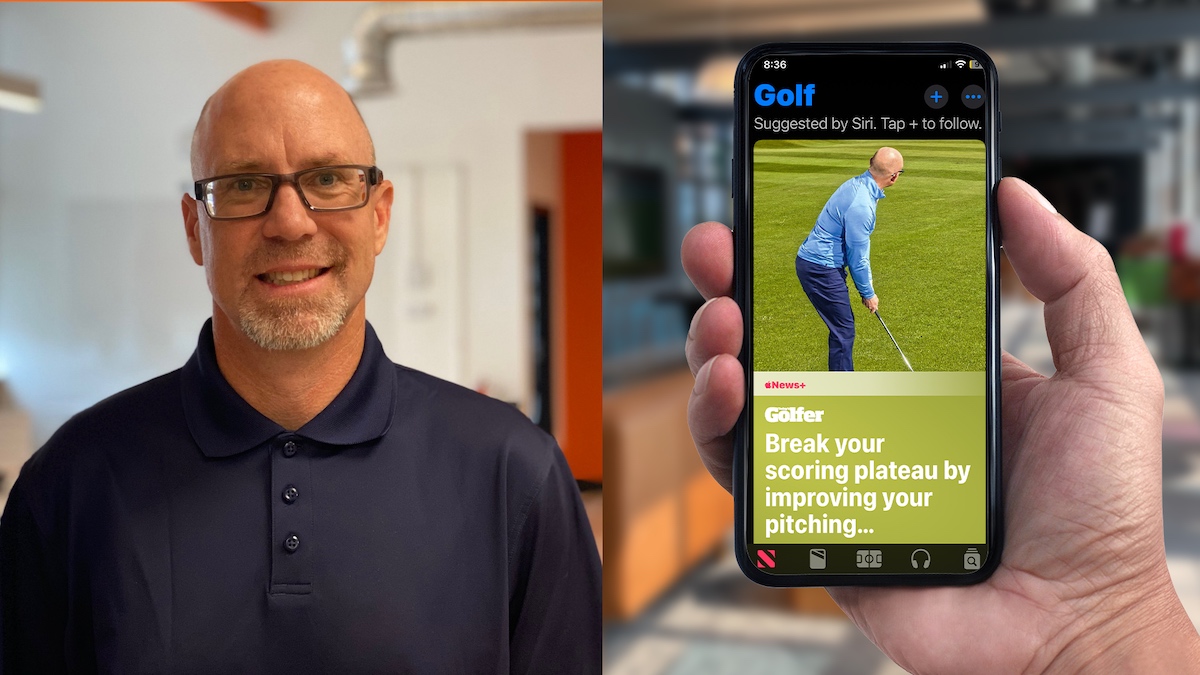Marketing has always been about delivering the right message to the right potential client at the right time. With the advent of artificial intelligence, we’re not just meeting this age-old criterion, we’re exceeding it. Generative AI tools like Midjourney, DALL·E 3 and Stable Diffusion are transforming the way we communicate, share ideas and create big dreams.
Generative art programs are not just a set of AI tools — they’re game-changers. While their primary function is to generate images from natural language prompts on platforms like Discord and ChatGPT, their potential applications in advertising are limitless. However, there is one approach that very few marketing and advertising companies are talking about, but it’s staring us right in the face: hyper-personalization.
Meet Todd Smith: a case study
To understand the transformative power of generative AI, I want to tell a quick story that serves as an example of the firepower we’re talking about. Let’s consider my business partner, Todd Smith. Todd is an avid golfer, and like anyone, he buys from people he knows, likes and trusts — a sentiment made famous by Dale Carnegie that still applies to how we buy products and services today. So, who does Todd trust the most? Himself.
Generative art programs go beyond generating cute unicorn pictures. Imagine Todd scrolling through his social media feed. Algorithms from platforms like Meta, Facebook and Instagram already know Todd’s love for golf. Now, add generative art to the equation. The golf-related ads Todd sees will feature images that look eerily similar to him — or perhaps a slightly fitter version of him, as per our internal joke.
The future is hyper-personalized
If you’re an African-American woman who loves kids, imagine seeing an ad for a MacBook Pro featuring a woman who looks like you, with a child resembling yours. That’s the power of generative AI in advertising. We’re still delivering the right message to the right client at the right time, but now it’s hyper-personalized.

Privacy concerns in the age of AI
Like all AI technologies, generative art programs come with their own set of challenges, particularly concerning privacy. While the hyper-personalization capabilities are promising, they also raise questions about data privacy and user consent. As the industry advances, striking a balance between innovation and ethical considerations will be crucial.
Microchip technology’s impact
As we stand on the brink of a transformative era in advertising, one key element remains the advancement of microchip technology. In order to render hyper-personalized mass graphic deployment, we will need to see images generated at 10x speed from today’s standards. (Midjourney says it averages about a minute of GPU time to create an image.)
At a glance, it might seem like an enormous stride, but chip companies have been making incredible yearly advancements in the face of such challenges. Nvidia and others are at the forefront of this innovation, but for generative art programs to reach their full potential and enable hyper-personalization at scale, we anticipate another leap in chip capabilities.
The signs are all there. If you’re reading the tea leaves, you’ll see that this game-changing shift is just around the corner.
Watch this guest post as a video:







